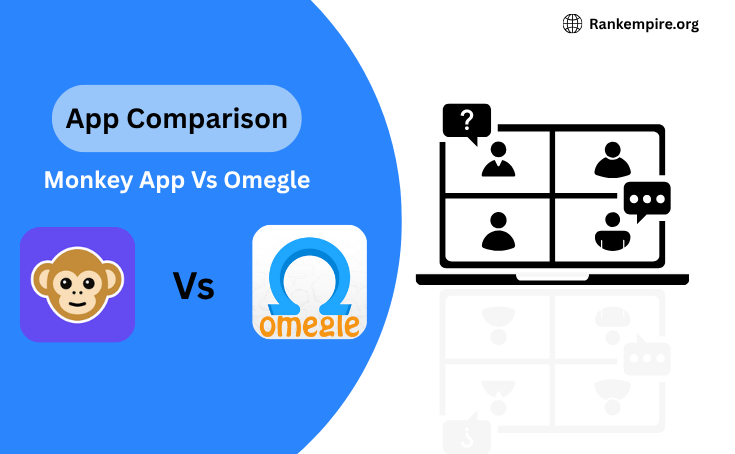Monkey App vs Omegle: Which Random Video Chat Platform Should You Choose?
Choosing between Monkey app vs Omegle can be tricky when you’re looking for the right random video chat platform. Both stranger chat applications offer ways to connect with people worldwide, but they take different approaches to safety, features, and user experience.
This video chat app comparison is perfect for teens, young adults, and parents who want to understand what makes these anonymous video chat services different. You’ll get the facts you need to decide which platform fits your needs and comfort level.
We’ll break down the safety and moderation differences between these chat app moderation systems, including how each platform protects users and handles inappropriate content. You’ll also discover the user experience and interface design that sets them apart, plus a complete breakdown of free vs premium chat features so you know exactly what you’re getting with each video calling app review.
Understanding Both Video Chat Platforms
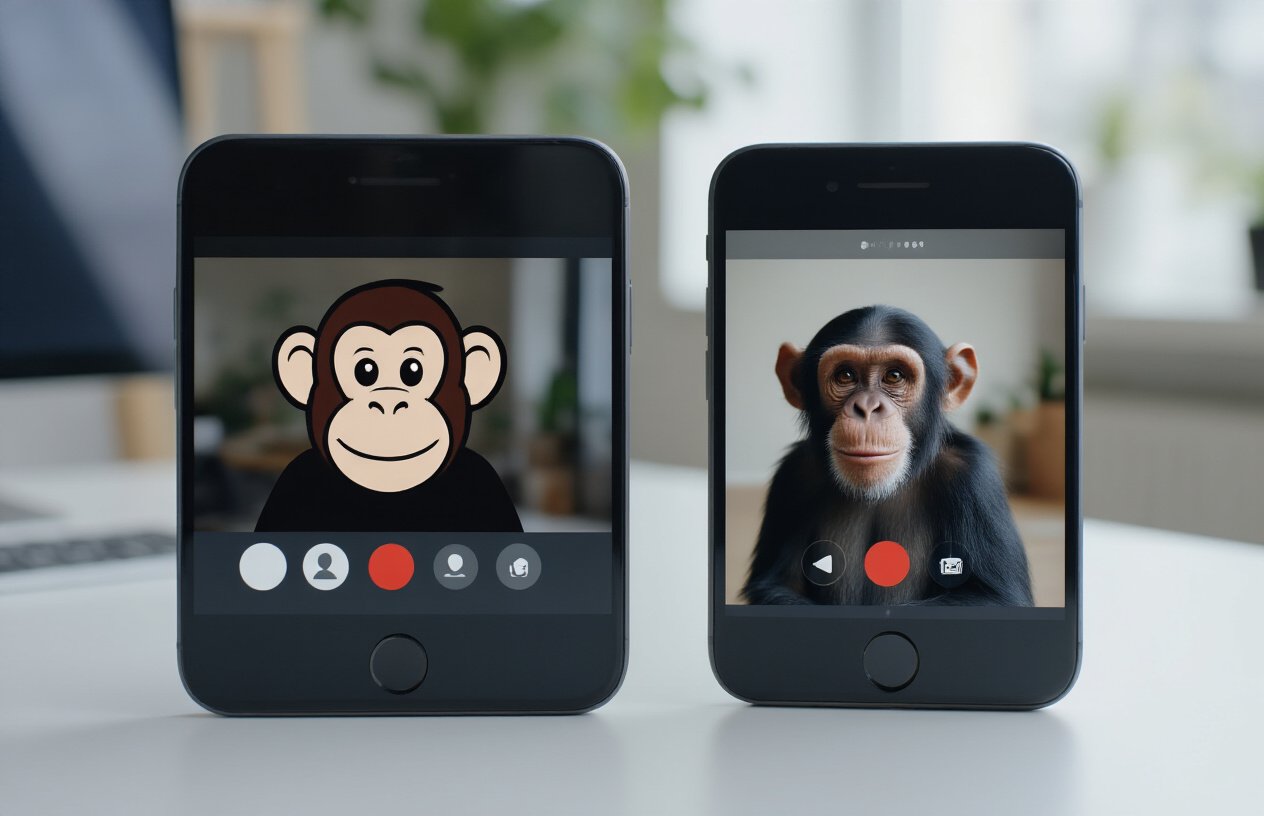
What Monkey App Offers Users
Monkey app targets teenagers and young adults with its fast-paced video chat experience. The platform connects users through random video calls lasting 15 seconds, creating quick interactions that can extend if both parties show interest. Users can add friends, share social media profiles, and participate in group video calls. The app emphasizes visual appeal with filters and effects during conversations.
How Omegle Functions and Its Core Features
Omegle operates as a stranger chat application offering both text and video chat options without requiring user registration. The platform randomly pairs users worldwide based on shared interests or completely at random. Users can disconnect instantly and move to new conversations. The service includes spy mode where users ask questions while watching two strangers discuss topics.
Target Audiences for Each Platform
Monkey app primarily attracts Gen Z users aged 13-18 seeking social connections and entertainment through brief video interactions. The platform’s design appeals to mobile-first users comfortable with social media integration. Omegle draws a broader demographic including adults seeking anonymous conversations without profile creation requirements. Both random video chat platforms serve users wanting spontaneous connections with strangers globally.
Key Features and Functionality Comparison

Video Quality and Connection Speed
| Feature | Monkey App | Omegle |
|---|---|---|
| Video Quality | HD support with adaptive streaming | Standard definition, variable quality |
| Connection Stability | Optimized mobile infrastructure | Web-based, depends on browser performance |
| Speed | Fast matching under 3 seconds | Instant connections but frequent drops |
Both platforms handle video quality differently based on their technical foundations. Monkey app delivers consistently sharper video through mobile-optimized compression, while Omegle’s web-based approach can struggle with quality consistency across different browsers and devices.
Text Chat vs Video Chat Options
Monkey app focuses primarily on video interactions with limited text chat functionality, pushing users toward face-to-face conversations. Omegle offers equal emphasis on both text and video modes, allowing users to choose their preferred communication style. The text-only option on Omegle attracts users seeking anonymity without video exposure, while Monkey’s video-first approach creates more authentic but potentially intimidating interactions.
Mobile App Availability and Desktop Access
| Platform | Mobile App | Desktop Access | Cross-Platform Sync |
|---|---|---|---|
| Monkey | iOS/Android native apps | Limited web version | Account-based sync |
| Omegle | Web-based mobile | Full desktop browser support | No account required |
Monkey app excels in mobile experience with dedicated native applications offering smooth performance and device-specific features like camera switching and notifications. Omegle operates entirely through web browsers, making it accessible on any device but lacking the polished mobile experience that native apps provide.
Matching Algorithms and User Discovery
Monkey app uses location-based matching combined with age preferences and mutual interests when available, creating more targeted connections. Omegle employs completely random matching with optional interest tags, making encounters truly unpredictable. Monkey’s algorithm attempts to reduce mismatches by considering user behavior patterns, while Omegle maintains its original random chat philosophy with minimal filtering beyond basic moderation.
Safety and Moderation Differences
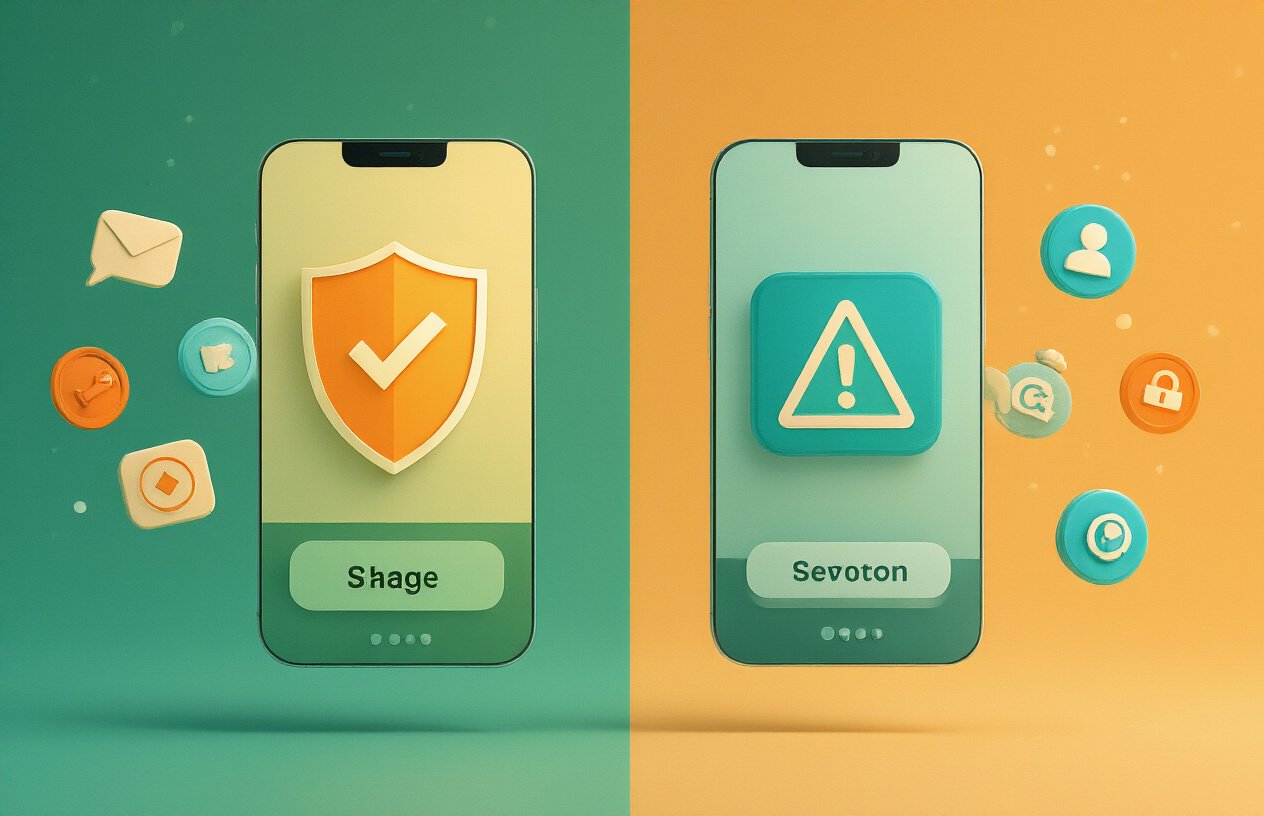
Content Filtering and Monitoring Systems
Both Monkey app vs Omegle take different approaches to content moderation. Monkey employs AI-powered filtering combined with human moderators to detect inappropriate behavior in real-time. The platform automatically flags explicit content and removes users who violate community standards. Omegle relies primarily on automated text filtering and user reports, though their monitoring system is less sophisticated.
User Reporting and Blocking Capabilities
| Feature | Monkey App | Omegle |
|---|---|---|
| Report Button | Prominent in-app reporting | Basic reporting available |
| Block Function | Instant blocking with memory | Session-based blocking only |
| Follow-up Actions | Account suspension possible | Limited enforcement |
Age Verification and Parental Controls
Monkey requires users to verify their age during registration and offers parental control features for younger users. The app includes restricted modes that limit interactions based on age groups. Omegle provides minimal age verification, relying mainly on user-declared birth dates without robust verification processes.
Privacy Protection Measures
Random video chat platforms handle user data differently. Monkey stores minimal personal information and allows users to control their visibility settings. The app includes options to blur backgrounds and hide location data. Omegle promotes anonymous chatting but retains conversation logs temporarily for moderation purposes, creating potential privacy concerns for users seeking complete anonymity.
User Experience and Interface Design
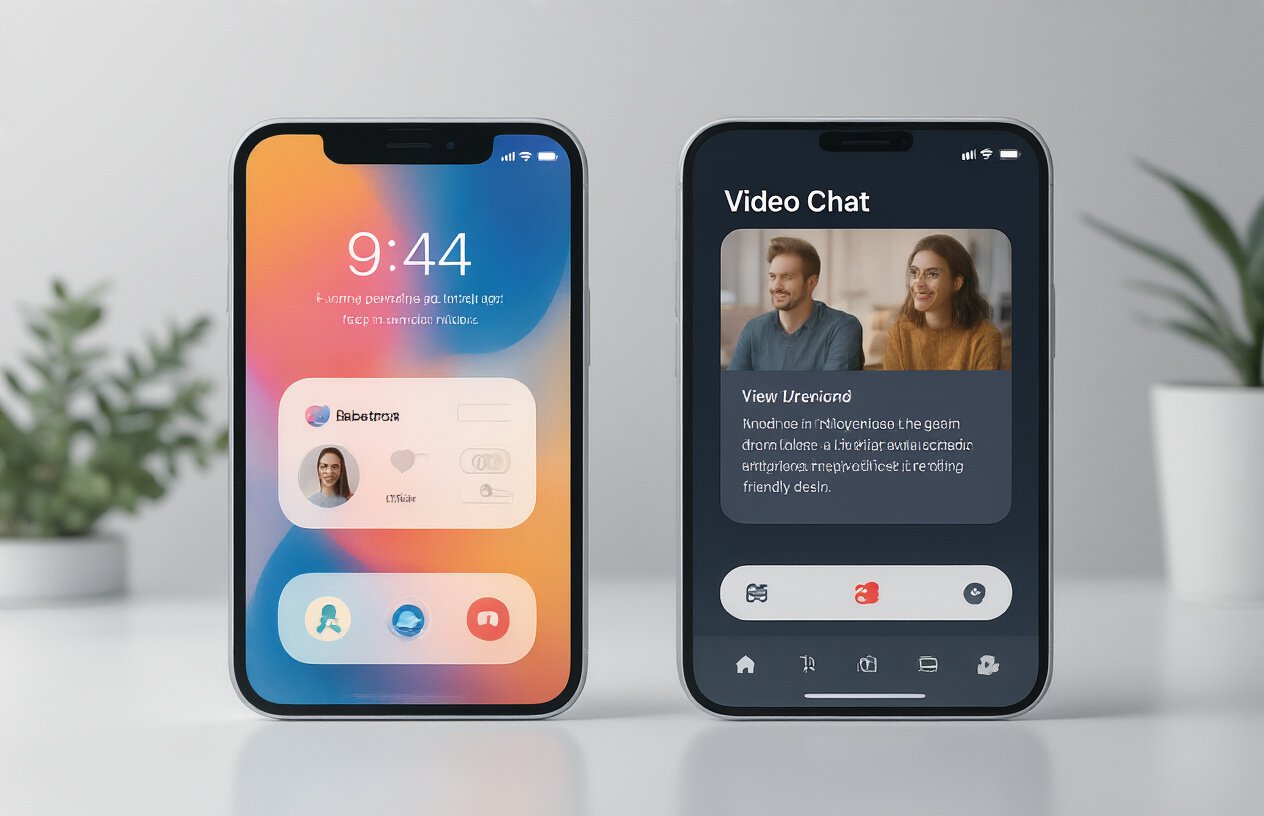
Ease of Navigation and Setup Process
Both platforms offer quick access to random video chats, but their approaches differ significantly. Monkey app provides a streamlined mobile-first experience with intuitive swipe gestures and clear navigation buttons, making it particularly appealing to younger users familiar with social media interfaces. The setup process requires minimal information, typically just age verification and basic preferences.
Omegle maintains its classic web-based simplicity with a no-registration approach that appeals to users seeking immediate anonymous connections. The interface remains deliberately minimal, featuring straightforward text and video chat options without complex menus or profile requirements. This bare-bones design philosophy makes Omegle accessible across various devices and internet connections.
Chat Room Customization Options
| Feature | Monkey App | Omegle |
|---|---|---|
| Interest Tags | Limited preset options | Extensive custom tags |
| Chat Filters | Age and location based | Interest-based matching |
| Room Themes | None | Text/video selection |
| Background Options | Basic filters | Not available |
Monkey app focuses on visual customization with basic filters and effects during video calls, though options remain limited compared to dedicated social media platforms. Users can apply simple visual enhancements but cannot create personalized chat environments or modify interface themes.
Omegle’s customization revolves around interest-based matching through user-defined tags, allowing more precise connection preferences. While lacking visual customization features, this system enables users to find conversations aligned with specific topics or hobbies, creating more targeted chat experiences than random matching alone.
Profile Creation and Management Features
Monkey app requires basic profile setup including photos and age verification, creating a semi-permanent identity within the platform. Users can manage their profile information, though options remain limited to essential details and basic preferences. The app maintains chat history and connection records, allowing users to reconnect with previous matches.
Omegle operates on complete anonymity with no profile creation or management features required. This approach eliminates concerns about digital footprints while sacrificing the ability to maintain ongoing connections or conversations. Users start fresh with each session, appealing to those prioritizing privacy over relationship building in their video chat experience.
Costs and Premium Features Analysis

Free vs Paid Subscription Benefits
Both platforms operate on freemium models with distinct approaches. Omegle remains completely free with basic video chat functionality and minimal features, relying solely on advertising revenue. Monkey app offers a free tier with limited daily connections and chat time, while premium subscriptions unlock unlimited matches, enhanced filters, and priority customer support for better user experience.
In-App Purchase Options and Pricing
| Feature | Omegle | Monkey App |
|---|---|---|
| Basic Access | Free | Free (limited) |
| Premium Monthly | N/A | $9.99-$14.99 |
| Premium Yearly | N/A | $59.99-$89.99 |
| Coins/Credits | N/A | $2.99-$49.99 |
Monkey app monetizes through subscription tiers and virtual currency purchases, while Omegle generates revenue through display advertisements without premium upgrade options.
Value for Money Comparison
The video chat app comparison reveals different value propositions. Omegle provides unlimited free access but lacks advanced safety features and customer support. Monkey app’s premium features justify costs through enhanced moderation systems, connection quality improvements, and priority matching algorithms that create more meaningful interactions for serious users.
Hidden Costs and Additional Fees
Omegle includes no hidden charges but users face potential bandwidth costs and security risks without built-in protection. Monkey app clearly displays all pricing upfront, though premium features like virtual gifts and priority support require separate purchases. Neither platform charges transaction fees for payments, making cost calculations straightforward for budget-conscious users.
Community Guidelines and User Behavior

Platform Rules and Enforcement Policies
Both Monkey app vs Omegle operate under distinct community guidelines that shape user behavior on their platforms. Monkey enforces a minimum age requirement of 13 years and uses AI-powered content moderation alongside human reviewers to detect inappropriate behavior. The platform prohibits nudity, harassment, and sharing personal information, with violations resulting in temporary or permanent bans.
Omegle takes a more hands-off approach, requiring users to be 18 or have parental permission, though verification is minimal. The platform relies heavily on user reporting and automated systems to flag stranger chat applications violations. Both anonymous video chat services struggle with consistent enforcement, but Monkey’s real-time monitoring provides faster response times compared to Omegle’s reactive moderation system.
User Demographics and Activity Levels
| Platform | Primary Age Group | Daily Active Users | Peak Usage Hours |
|---|---|---|---|
| Monkey | 13-24 years | ~500K | 6PM-11PM EST |
| Omegle | 18-35 years | ~1.2M | 8PM-12AM EST |
The video chat app comparison reveals significant demographic differences between platforms. Monkey attracts younger users, primarily teenagers and college students seeking entertainment and social connections. The app’s gamified features and mobile-first design appeal to Gen Z users who prefer quick, swipe-based interactions.
Omegle maintains a broader user base with higher overall traffic, attracting adults seeking anonymous conversations. The platform’s web-based interface and text chat options draw users who prefer longer, more in-depth discussions. Geographic distribution shows both platforms have strong presence in North America and Europe, with growing popularity in Asia-Pacific regions.
Common Issues and Complaint Patterns
Chat app moderation systems face similar challenges across both platforms, with inappropriate content being the most frequent complaint. Monkey users report issues with fake profiles, spam accounts, and underage users bypassing age verification. The platform’s quick-matching system sometimes leads to repeated encounters with problematic users despite reporting mechanisms.
Omegle complaints center around explicit content exposure, with many users encountering inappropriate behavior within seconds of connecting. The platform’s anonymous nature makes it difficult to track repeat offenders, leading to persistent issues with harassment and unwanted sexual content. Both online chat safety features require constant updates to address evolving user behavior patterns and emerging safety concerns.
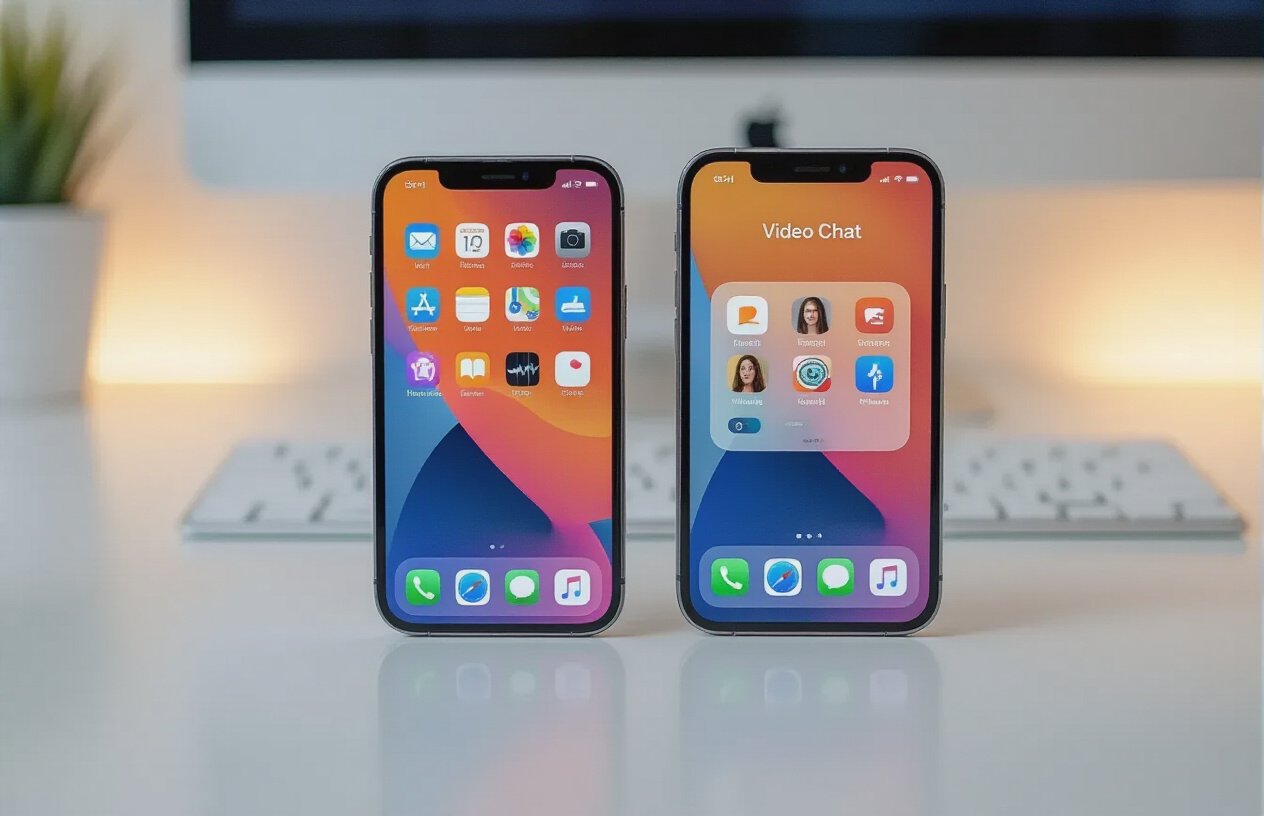
Both Monkey App and Omegle offer unique approaches to random video chatting, but they serve different audiences with distinct needs. Monkey App targets younger users with its swipe-based matching and social media integration, while Omegle maintains its text and video chat simplicity that appeals to a broader age range. The safety features, moderation systems, and community guidelines vary significantly between these platforms, making your choice dependent on what matters most to you.
When deciding between these apps, consider your priorities around safety, user experience, and the type of connections you want to make. If you value modern design and want built-in safety features, Monkey App might be your better option. But if you prefer straightforward, anonymous conversations without the bells and whistles, Omegle could be the way to go. Remember to always prioritize your safety and privacy, regardless of which platform you choose for meeting new people online.



